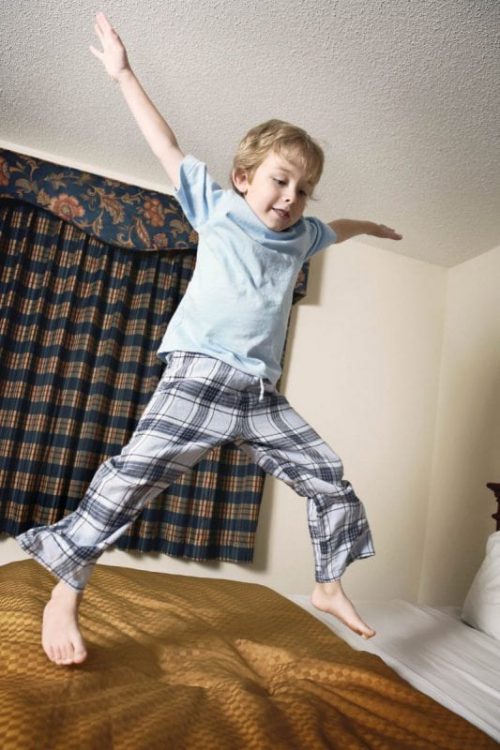Attention Deficit Hyperactivity Disorder (ADHD) is, surprisingly, categorized as a mental health disorder, rather than as a learning disability. This in spite of the fact that the main manifestation of ADHD is that it can affect a child’s academic success. It is said, however, that ADHD is often “co-morbid” with learning disabilities. That is to say that a child with ADHD often has accompanying learning difficulties, as well.
In addition to affecting a child’s school performance, ADHD can also affect a child’s relationships with his peers.
ADHD affects children all sorts of ways, and the signs of ADHD will be different in every child. That means that some cases of ADHD will escape unnoticed and undiagnosed. There are, however, some seven common behaviors that can suggest ADHD:
- Self-Absorption—A child with ADHD may find it difficult to place other people’s needs above himself. For example, a child with ADHD may not understand the concept of waiting for one’s turn in a game or activity. He doesn’t understand why he can’t take his turn now. If someone is talking and the child with ADHD wants to speak, he’ll simply interrupt the speaker. He doesn’t understand the concept of allowing the other person to finish his thoughts. His own thoughts are what is uppermost in his mind.
- Effusively Emotional—A child with ADHD may respond to a situation with excessive emotion. For instance, his temper tantrum may
- Always in Motion—The child with ADHD may find it difficult to sit still. It helps him to get up, roam around the room, and then sit down again. Or he may tap his fingers or feet while sitting or squirm and wiggle the entire time.
- Leaves Tasks Unfinished—The child with ADHD may start out with the best intentions but ultimately may not be able to see projects through. He starts his homework but gets distracted or bored and goes on to something else before he manages to complete the work. The same goes for chores. A child with ADHD may be very excited about a project and then suddenly lose interest.
- Inability to Focus—A child with ADHD finds it difficult to stay focused. Given direct instructions, he may swear he heard you, but if you ask him what you said, he won’t have a clue.
- Carelessness—A child with ADHD may make many mistakes that on their own, would be unimportant. It is the accumulation of mistakes
- Spaciness—In some children with ADHD, and often in girls with ADHD, the constant movement is absent and instead the child may seem quiet, dreamy, and out of touch with the classroom. There’s a certain lack of awareness, as if the child is a million miles away.
All children will exhibit one or the other of these behaviors from time to time. What you want to watch out for is the child that frequently displays these behaviors, singly or in combination. Then it’s time to consider the child’s academic performance and his social interactions.
There are many good treatments for ADHD and early intervention increases the effectiveness of these treatments. It’s best to have a child diagnosed by the age of 7 if there is a suspicion of ADHD. It may be possible to wean the child from ADHD medication before high school, if the medication is begun early on.
